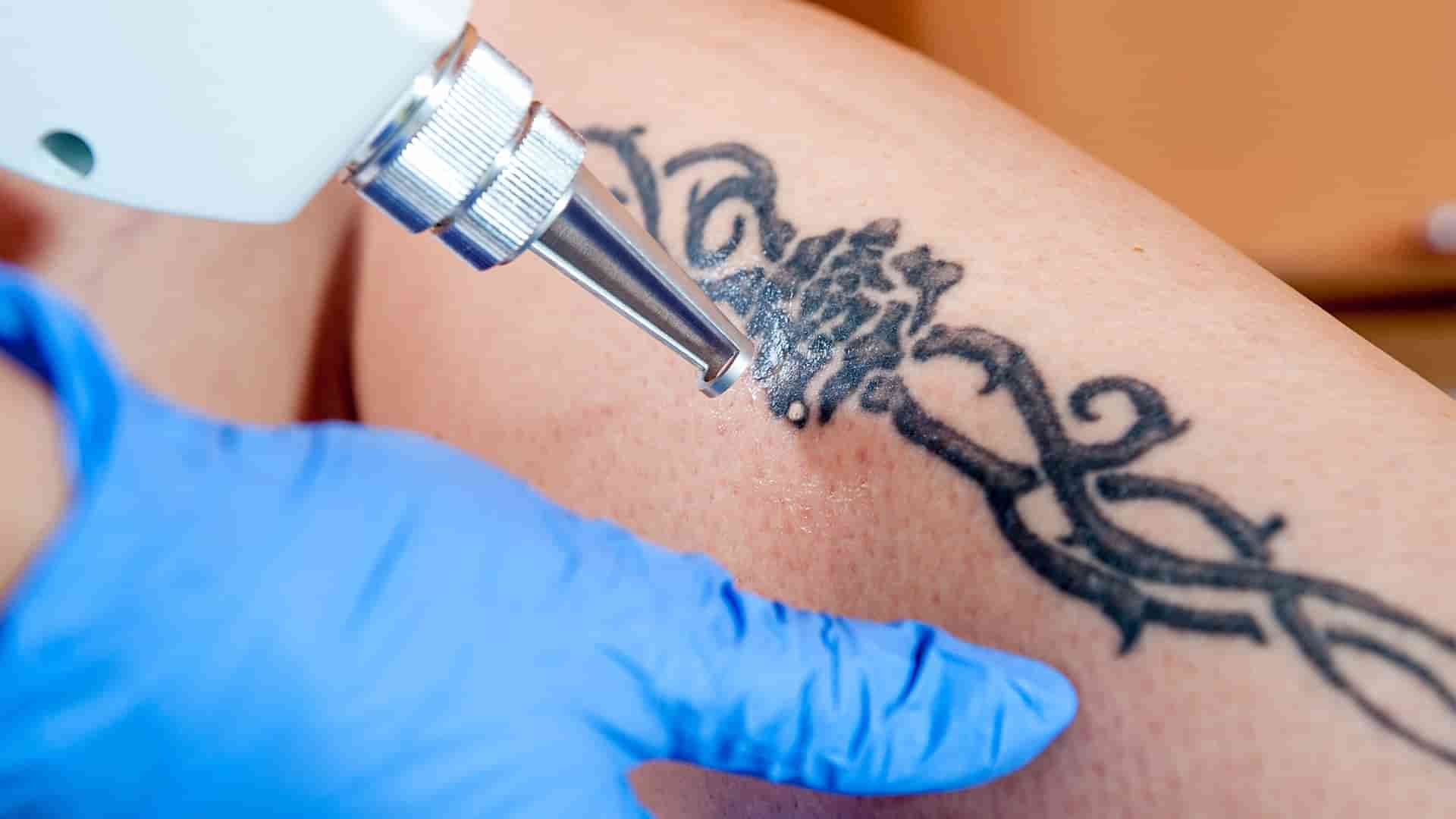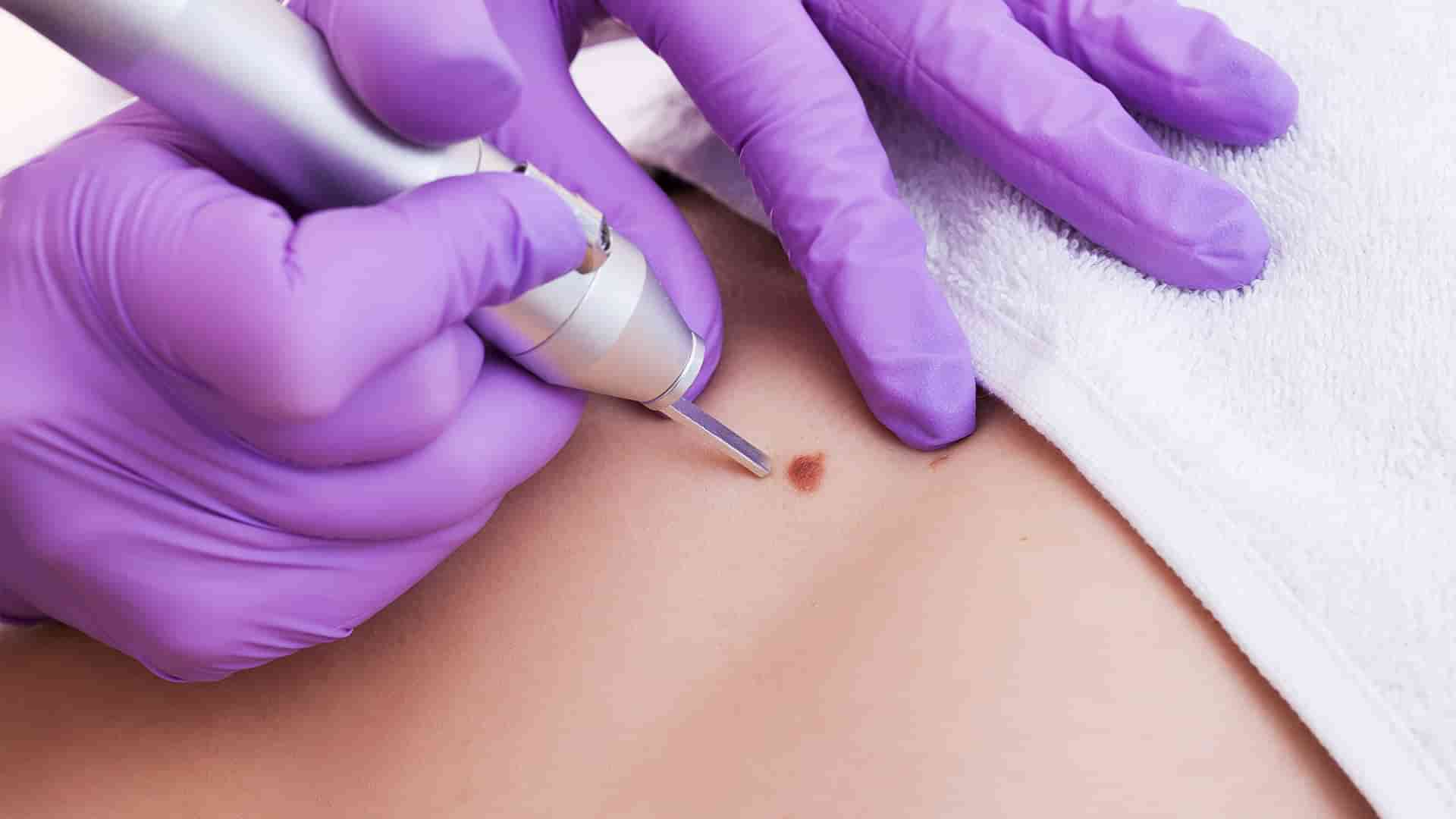Tattoo Removal

Tattoo Removal
If you want to get rid of a tattoo, laser treatment is the finest alternative currently available. Today's lasers can help fade tattoos more safely and efficiently in fewer sessions, thanks to several recent improvements in laser tattoo removal over the last decade. Ink colors that were formerly difficult to erase are now curable because to the availability of various lasers. While technology has progressed, the safety and effectiveness of tattoo removal is still largely dependent on the individual conducting the procedure. This is why the FDA advises that you seek laser tattoo therapy from a dermatologist.
You'll discover answers to questions our physicians are frequently asked before laser tattoo removal procedures to help you prepare for what to anticipate.
Why is it necessary to consult a dermatologist before undergoing laser tattoo removal?
The person removing the tattoo must consider several factors, including your health, in order for laser tattoo removal to be safe and successful. Dermatologists have the medical knowledge to look at your overall health as well as the health of your skin. They are aware of who is suitable for laser tattoo removal. When someone does not have medical training, side effects are more likely.
What colors of tattoos can be removed with laser tattoo removal?
A laser may be used to treat any color, although certain colors respond more quickly than others. Furthermore, each color in a tattoo requires a certain wavelength of laser light to be properly treated. Many laser tattoo removal clinics only have one or two lasers, which limits the number of colors that may be treated and can lead to sub-optimal outcomes and an increased risk of adverse effects.
How many sessions of laser therapy would it take to get rid of my tattoo?
Without first viewing and assessing the tattoo, predicting how many sessions it will take to effectively fade the tattoo is impossible. The colors, depth, and age of the tattoo are all factors to consider.
The tattoo artist overlays the ink when you receive a tattoo. In one therapy session, a laser cannot safely tear down all of the layers. It's important to give your skin time to recover between treatments. Some redness, swelling, and blistering may occur after laser tattoo removal. It takes time for the ink to be flushed out of your system. The light from the laser shatters the ink into small fragments as it touches it. These microscopic particles must be flushed out of your system. Your tattoo should lighten after each treatment. Patients usually require four to eight sessions.
Is it safe to remove tattoos using a laser?
Laser tattoo removal is safe for the majority of individuals. There are a few exceptions to this rule. For laser tattoo removal to function, you must have a strong immune system. Also, pregnant or nursing women should not be treated.
Is laser tattoo removal painful?
It is possible that laser tattoo removal will be unpleasant or painful. A dermatologist might apply a numbing lotion or administer an injection to alleviate discomfort and agony.
What are the risks associated with laser tattoo removal?
When laser tattoo removal is performed by a practitioner who has extensive expertise with laser technology, the danger of adverse effects is reduced. However, there are still dangers, including discoloration, changes in skin texture, burns, and scarring.
Is it possible to remove a tattoo using a lotion or ointment rather than a laser?
The FDA has issued a warning to customers regarding tattoo removal creams, ointments, and do-it-yourself tattoo removal kits due to potentially significant adverse effects. Strong acids in the products can harm your skin, creating a rash, a burn, or a permanent scar. And you'll still have the tattoo you don't want.
Over the course of 5-6 sessions, we employed three laser systems to fade the majority of the color. The patient then had a few additional treatments with a different laser system to enhance the outcome and let it fade into the surrounding skin more naturally.






